- Growing Viral
- Posts
- CHEAP ATTENTION: RICHARD BRANSON'S SPECIALITY
CHEAP ATTENTION: RICHARD BRANSON'S SPECIALITY
3 campaigns that perfectly show how to get someone attention with very little money...
Morning!
I’m six chapters into Richard Branson’s autobiography ‘Losing My Virginity’. I’m up to the point where he’s building Student magazine into a national sensation. Interviewing the likes of Mick Jagger, John Lennon and Vanessa Redgrave.
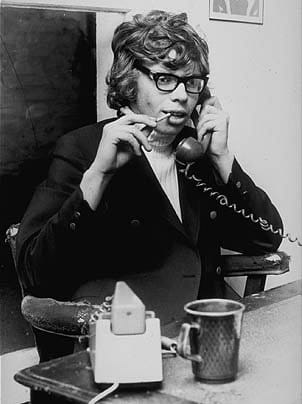
At the time, he was an absolute nobody. Just a kid who’d left college with 1 A-Level. Yet he had some of the biggest names on planet earth featured in his new magazine.
I couldn’t understand how he was doing it, then I read this story about what Richard would do when reporters came to interview him…
Richard explained that as Student magazine started to grow, some mainstream media outlets got curious about what they were doing and asked if they could interview him.
But at the time, Richard didn’t have anything interesting to say.
Yes, it was getting some early traction in universities and they’d had a few big interviews. But the aura around the magazine was actually much bigger than the operation itself.
People had no idea who was running it and how it was growing. There was mystique around it - and Richard wanted to keep it that way.
So he developed what he claimed was a “foolproof way of impressing them.”
As the reporter walked in he’d be sitting at his desk, with the telephone at his elbow.
“Great to meet you. Take a seat,” he would say, waving the journalist down into the beanbag opposite him. As the reporter shuffled around trying to retain their dignity, get comfortable, and remove the drips of hummus and piles of cigarette ash from the folds, the telephone would ring.
“Can someone take that, please?” he would ask. “Now, what do you want to know about Student?”
“It’s Ted Heath for you, Richard,” Tony would call across.
“I’ll call him back,” Richard would say over his shoulder. “Now, what did you want to know about Student?”
By this time, the journalist was craning round to watch Tony tell Ted Heath that he was sorry but Richard was in a meeting and he’d call him back. Then the telephone would ring again, and Tony would pick it up.
“David Bailey for you, Richard.”
“I’ll call him back, but will you ask if he can change that lunch date? I’ve got to be in Paris. Ok.” Then he’d flash an apologetic grin at the journalist. “Now, how are we doing?”
“I just wanted to ask you…”
The telephone rang again.
“I’m sorry to interrupt,” Tony would apologise, “but it’s Mick Jagger for you and he says it’s urgent.”
“Please excuse me for a minute,” he’d say, reluctantly picking up the phone. “Mick, hello. Fine thanks, and you? Really? An exclusive? Yes, that sounds great . . .”
And on he went until his friend Jonny couldn’t stop laughing in the call box opposite.
“I’m sorry,” he’d say to the journalist. “Something’s cropped up and we’ve got to dash. Are we finished?”
The journalist would be ushered out in a daze, passing Jonny on the way, and the telephone would stop ringing.
The next week, the UK’s biggest newspapers would be talking about Student magazine. With The Telegraph saying…
‘It seems probable that Student will become one of the largest circulated magazines in the country.”
And The Observer saying…
‘Student has an amazing number of top-class contributors, and their scope is limited. We expect perhaps, over half a million students to read the magazine.’
Little did they know, it was a magazine run by a few kids who were scraping by to print the next edition.
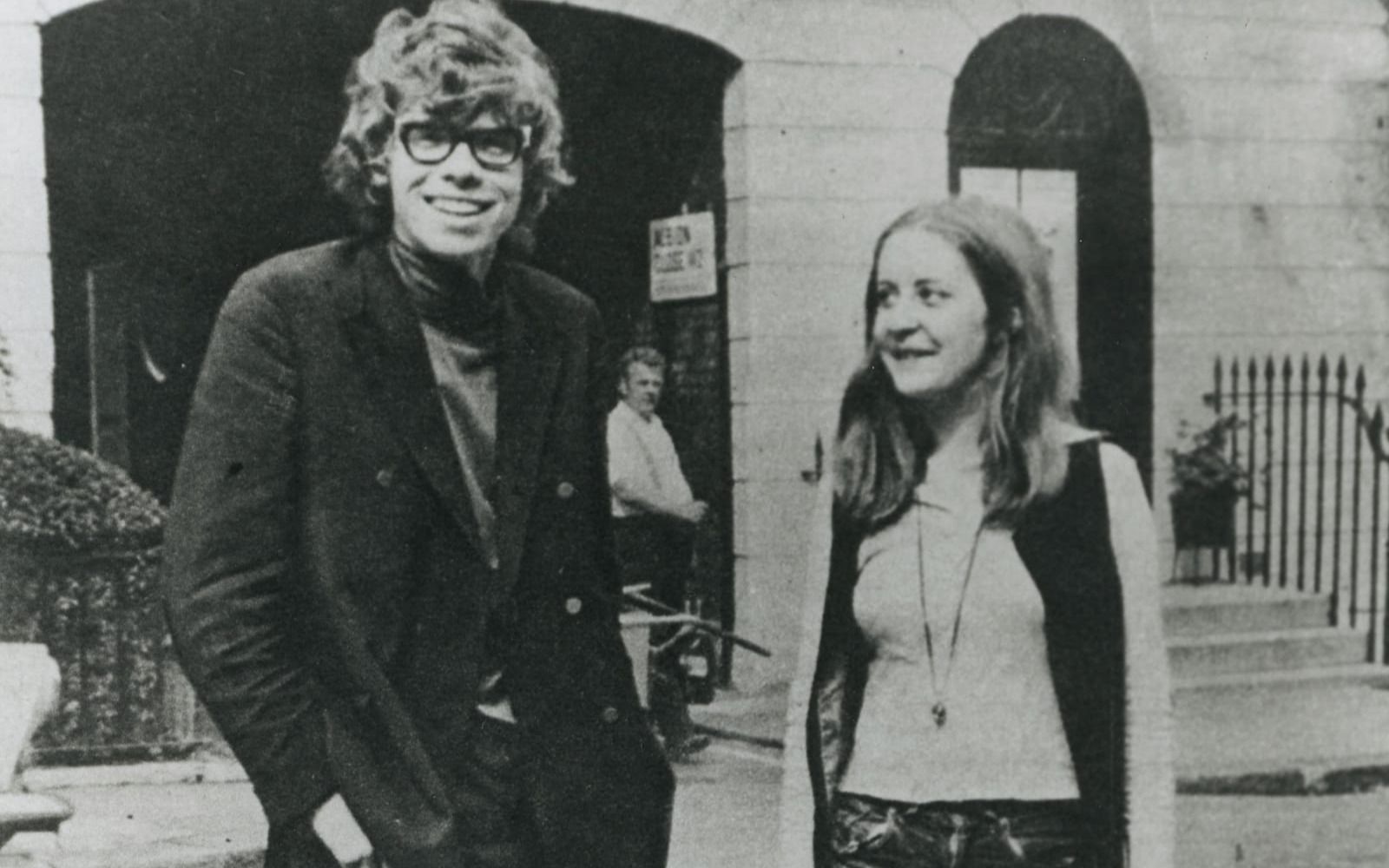
But Richard understood better than anyone that perception becomes reality.
When he launched Student magazine, people didn’t know it was run by a bunch of people with no idea what they were doing. They were these mysterious kids who had all the stars eating out of their hands.
When he launched Virgin Atlantic Airways, people didn’t know it was a company with 1 second-hand Boeing 747. They thought it was a new luxurious airline flying across the Atlantic.
But that’s what Richard knew how to do. He knew how to take an idea, wrap it up with a beautiful brand and get attention on it with little to no money.
He was a master at what I call 'Zero Cost Marketing.’
Marketing that costs you next to nothing, yet can have a massive impact on your company.
I hope you don’t expect me to now explain to you how you can create a billion-dollar airline for £0. Or start a nationally renowned magazine with a few £100 to your name. Because it’s safe to say I am not quite Richard Branson, and I will probably fall short of your expectations there.
But what I can do is share 3 of the best zero-cost marketing campaigns I’ve come across:
(From Richard Branson to a last-gasp GAME campaign)
Campaign 1: Getting Naked
Let me start this section by being clear that I am not advising you to copy this campaign exactly.
But Branson’s Virgin Mobile launch is a perfect example of the zero-cost marketing philosophy.
In 2002, Branson had finally gotten fed up with the hidden fees and long contracts in the mobile space. He felt like the competition had built terrible reputations and there was a gap there for Virgin to fill.
That said, Branson didn’t want to take any risks doing it.
He wanted to spend next to no money and have huge upsides. A true Dhando entrepreneur move - “Heads I win, tails I don’t lose much“.
So he called up the leadership team at Sprint Network and struck a deal to lease their lines and build the company on top of it. Virgin would do the marketing to get customers, and Sprint would deliver on the mobile service.
It was genius.
All he needed to do now was make people aware of Virgin Mobile - without spending millions on global advertising. So, Richard did what Richard does best.
He thought of an idea that would get the most attention and activated on it.
In this case, it just happened to be himself, hung from a crane in Times Square, completely naked.
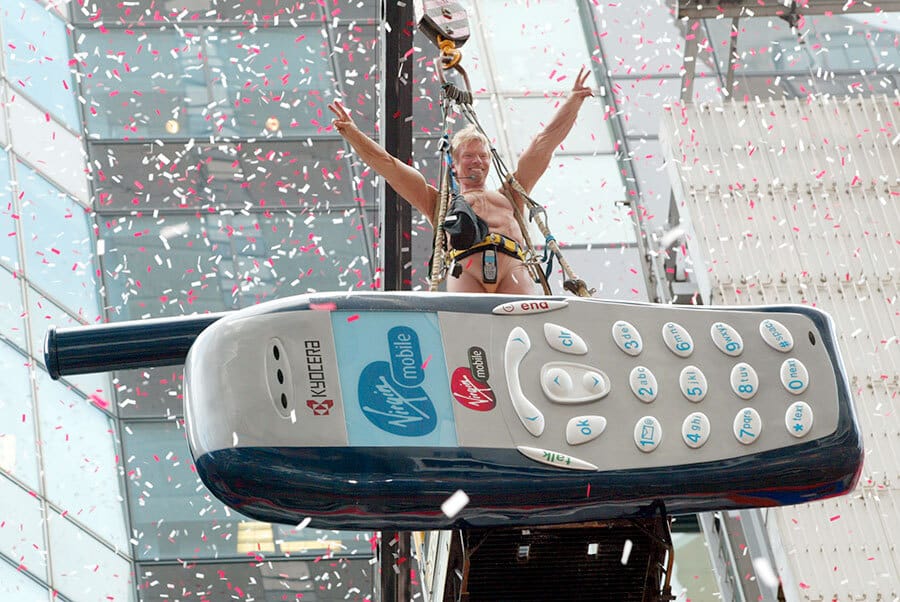
The headline of the campaign, ‘We’ve Got Nothing To Hide”.
As you can imagine, the next day the press ate this up. With my favourite headline coming from Wired, which read, ‘Virgin Mobile CEO Takes It Off’.
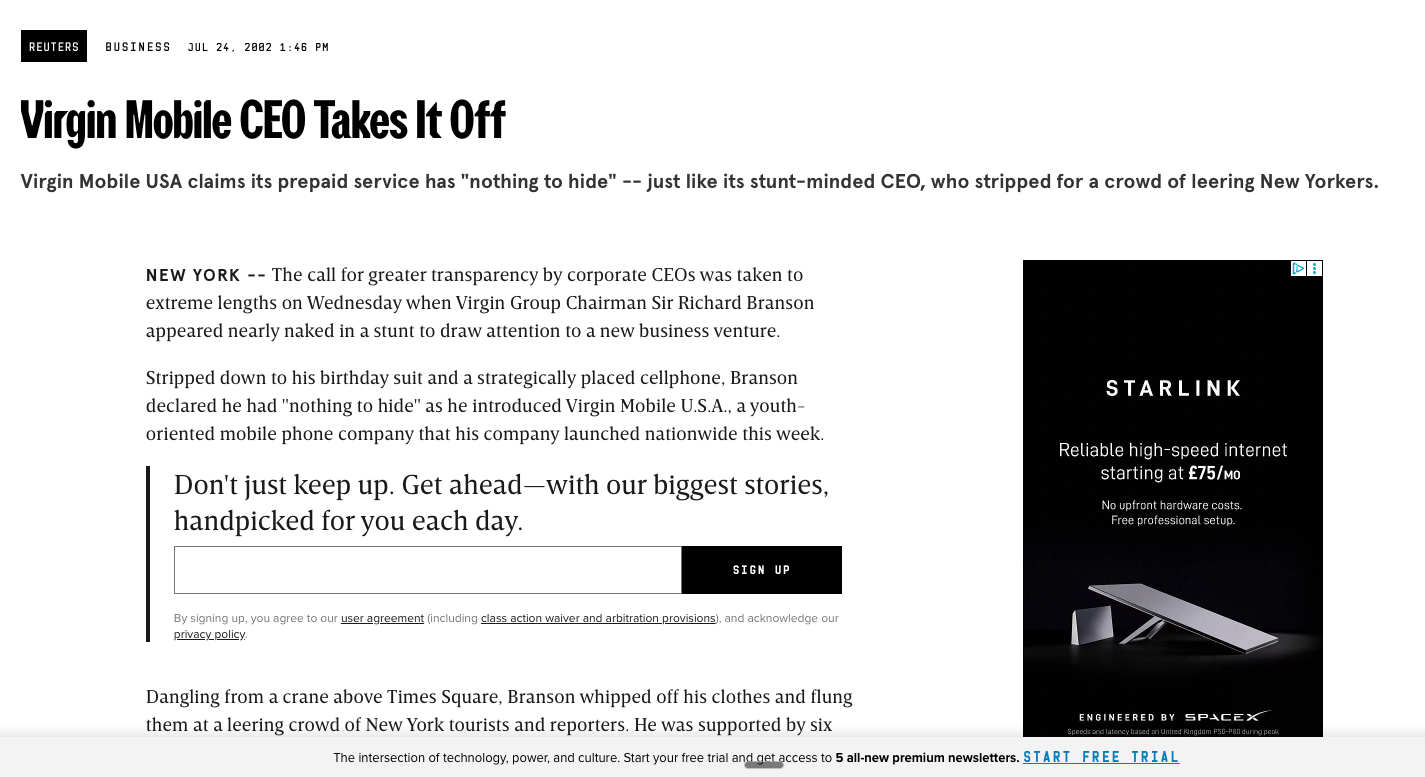
I haven’t got the numbers to prove the stunt/campaign was a huge success. But what I can tell you is that Branson said that for Virgin Mobile to be a success, they’d need to sign up ~350,000 people.
1 year after this stunt, they reported that they’d signed up their millionth customer. So safe to say it probably worked quite well.
I’m also conscious that a massive phone hung from a crane in Times Square wasn’t free. But I honestly think this would’ve had a similar impact if he’d done it on a small box at Oxford Circus in London.
The key here is that he found a way to get millions of eyes on Virgin Mobile through creativity - not money.
Campaign 2: Christmas Tinner
In 2013, GAME was trying to rebuild its reputation.
Just a year earlier, the video game retailer had gone into administration and been bought out by a private equity firm. The new owners were trying to steady the ship after years of declining sales, fierce online competition from Amazon, and shrinking footfall on the high street.
But with Christmas approaching, GAME needed one thing above all else -attention.
They didn’t have the marketing budget of the supermarkets or the glossy Christmas campaigns of brands like John Lewis. So instead of trying to outspend them, they did what Branson does best. They got creative.
They launched a new product for their gaming customers who didn’t have time to step away from the computer to eat Christmas dinner.
They called it The Christmas Tinner.
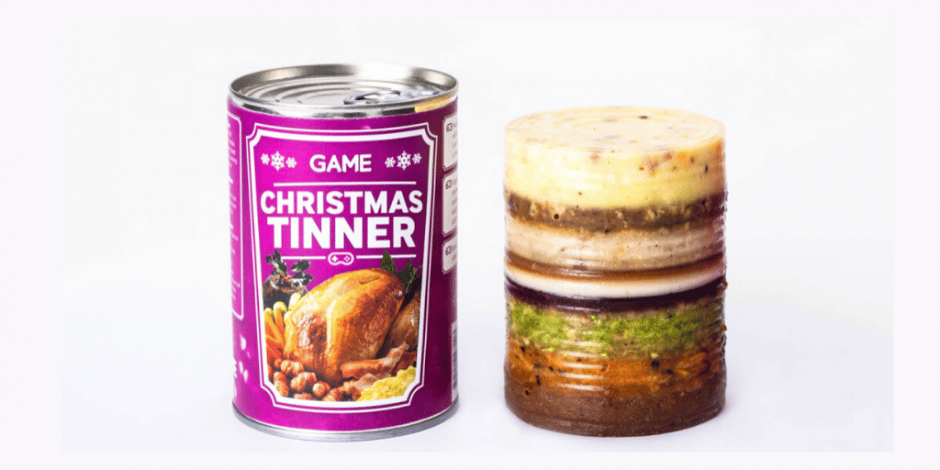
It was nine layers of festive food, from scrambled eggs and bacon at the top to Christmas pudding at the bottom. It looked horrific. But it instantly started to gain traction.
Within hours of the announcement, every major newspaper and morning TV show had picked it up. The story went international, with headlines mocking, questioning, and praising it all at once.
The stunt turned out to be one of the most successful PR moments in the brand’s history.
The campaign generated over 333,000 social shares, 160 international press links, and 85,000 organic site visits, all without a penny spent on ads.
The cost? Close to £0.
Another great example of finding a creative way to get your ICPs’ attention without spending millions.
Campaign 3: The 7ft Report
Last but not least, we have a campaign that I know very well… because we launched it.
At the start of the year, we made a list of 100 DREAM clients of ours. These were brands that fit into 3 categories:
They’d get the team excited to work with
They were an ambitious, well-known brand
We could genuinely help them
One of the companies on that list was GoCardless. But we didn’t have £1000s to spend to target them individually. So we came up with this idea to create a personalised marketing report for them, outlining a gap in their funnel that their competitors were capitalising on.
It was valuable, but let’s be honest… it wasn’t going to get their attention.
We had to go bigger.
So that’s exactly what we did.
We got a 7ft version of the report printed, placed in the UK’s largest envelope (that we had to hand make) and then hand delivered it to GoCardless’s HQ.
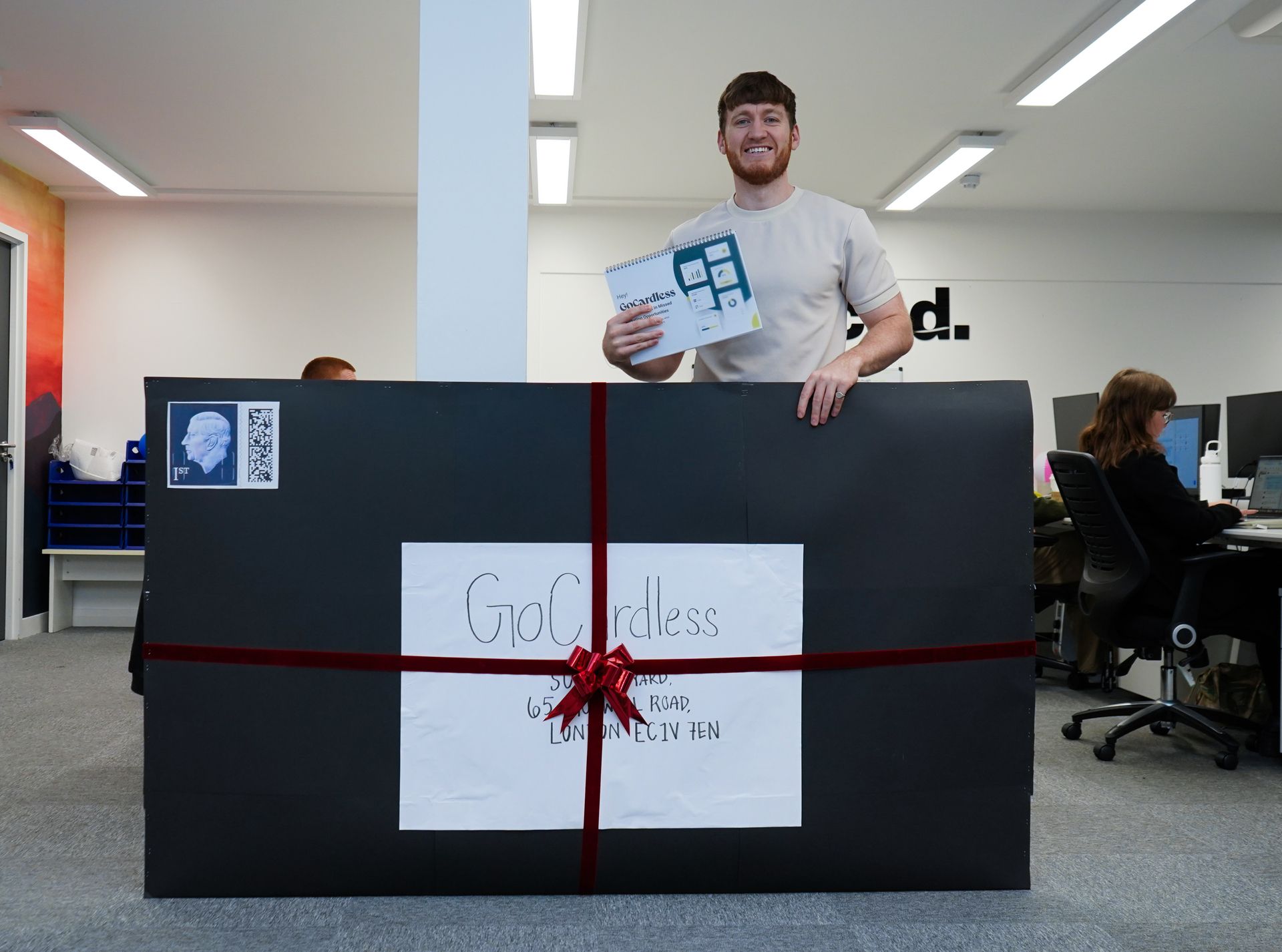

The envelope on the front desk
Our team video outside the office as we watched team member after team member curiously look at this 7ft envelope at their front desk, before they all gathered around to open it.
24 hours later → We picked up that GoCardless had just visited our site.
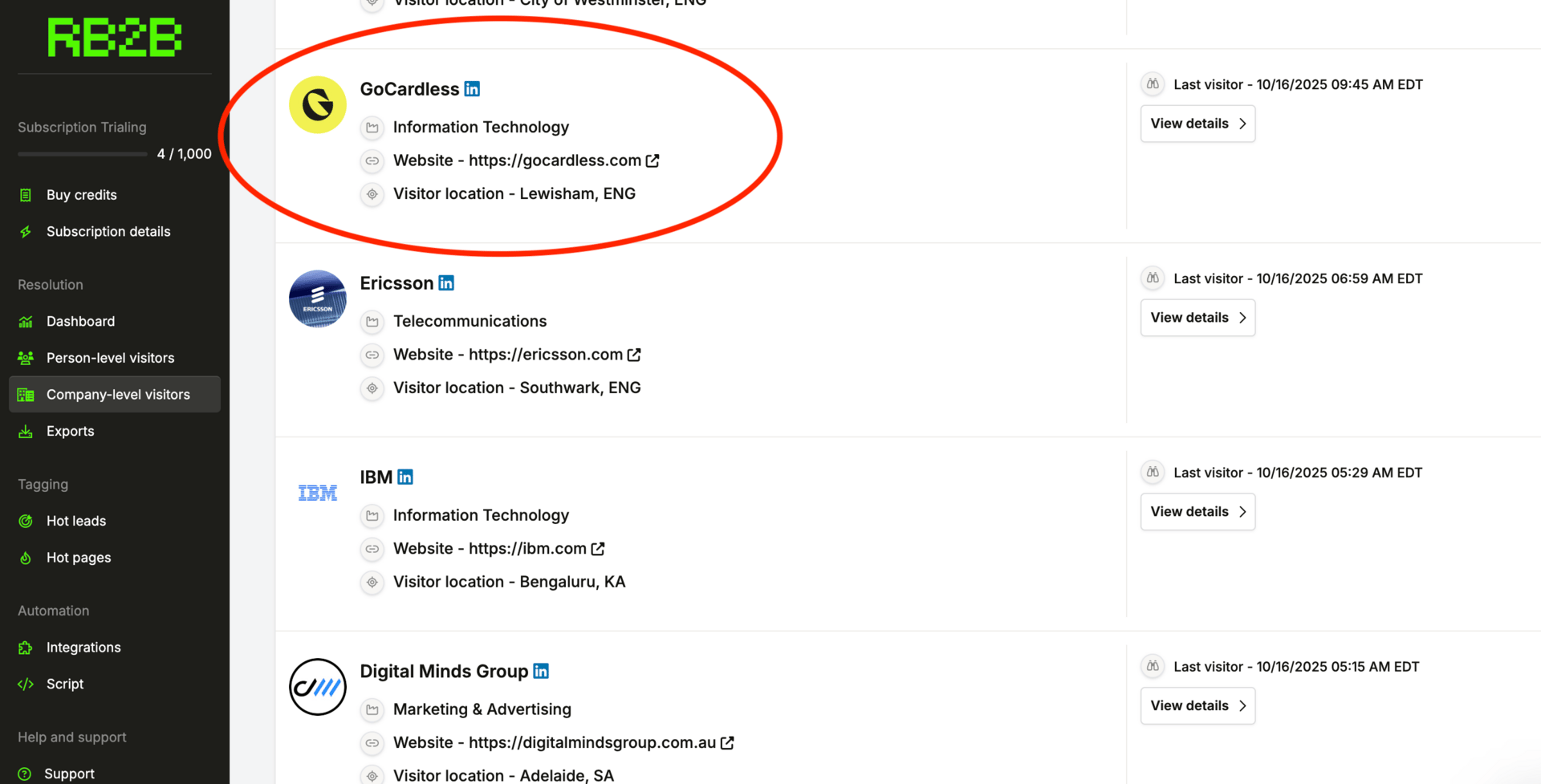
Total cost: ~£700
Result: We got the attention of a $2 billion company
I appreciate that there wasn’t much actionable advice in these examples. I don’t expect you to build a 7ft sign or a tin of Christmas dinner. But I hope you realise that when you want to get attention for very little cost, you have to get creative.
Find something guaranteed to turn heads → Find a way to involve your brand.
That’s the way Branson does it, and that’s the way you can too.
Right, that’s all I’ve got for you today. I hope you enjoyed this one.
If you did (or didn’t), take a second to rate it down below. Takes 2 seconds but it helps me know what to write next week.
Until next Sunday.
— Niall
WAIT… BEFORE YOU GO
Rate this week's breakdown |
BROUGHT TO YOU BY
🚨 Automate Podcast Guest Bookings for Your Clients With PodPitch
Stop wasting time checking Muck Rack or Cision for broken podcast email addresses. Podcast Index and Rephonic don't help you determine the best ones for your client. Booking dozens of incredible podcasts quickly has been impossible to all but the most famous clients until now.
PodPitch.com is the NEW software that books your clients as a guest (over and over!) on the exact kind of podcasts they want to appear on – automatically.
⚡ Drop your client's LinkedIn URL into PodPitch.
🤖 Scan 4 Million Podcasts: PodPitch.com's engine crawls every active show to surface their perfect podcast matches in seconds.
🔄 Listens to them For You: PodPitch literally listens to podcasts for you to think about how to best get the host's attention for your clients.
📈 Writes Emails, Sends, And Follows Up Until Booked: PodPitch.com writes hyper-personalized pitches, sends them from your email address, and will keep following up until they're booked.
👉 Want to book on 7+ podcasts every month? Book a demo now and we'll show you what podcasts YOU can book ASAP for your clients:

